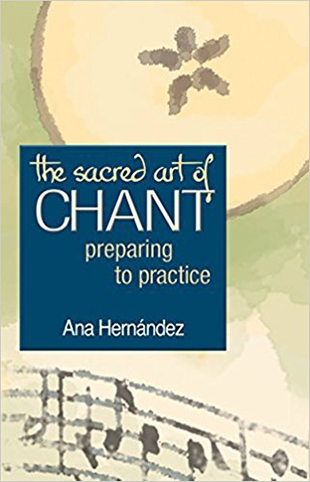"The Taizé community in France is a thriving ecumenical community with more than a hundred Catholic and Christian brothers from more than twenty-five countries. Founded in 1940 by Brother Roger, a Swiss monk, the community offered a place of prayer and shelter for spiritual seekers and also for refugees fleeing first from the German occupation in France and later from behind the iron curtain in Eastern Europe. Since the late 1950s, the Taizé community has been a place of pilgrimage for young adults. Groups from all over the world come to investigate the inner life through Bible study and chant, which the Taizé community practices together three times a day. Many churches and ecumenical groups in the United States have incorporated Taizé chant into their worship services. Although I've never been to Taizé, I've played much of the music, and there is a simplicity about it that invites everyone to participate. The form that it takes is accessible to young people because the instrumentation can include guitars, flutes, and pretty much any other instruments at hand. The liturgy itself is simple and the language the verses are sung in is often the language of the people in attendance. Since all languages are not created equal (some are harder to learn than others), Latin is still a very important element of the chanting. Latin was chosen because it's a 'dead' language, one not spoken anymore. It was foreign to most young people, so everyone was on equal footing. However, the ease of pronunciation and the quality of the sounds created by the Latin vowels is unsurpassed as a way to access the power of our heart.
"My favorite Taizé chants are short, beautiful refrains sung in a repetitive manner. This makes them easy to learn and, as with mantra, the text is the medium that transports you past the world of words to the spirit the words are pointing to. The trick with repetitive things in general is that you have to let yourself get past the repetitiveness, a kind of letting go that happens when you chant through the boredom that sometimes tries to derail your train of thought. Only then will it take you for a ride. In a Taizé chant, the texts are more important than the tune. For instance, there are probably a dozen different Taizé settings of the simple text 'Alleluia.' Alleluia is one of the best words to sing. The long, open AH vowel at both the beginning and the end energizes our heart chakra. Many of these short phrases can be chanted on one pitch repeatedly. Veni Sancte Spiritus ('Come, Holy Spirit') is a good one to use on one breath, as is Maranatha ('Lord, Come!'), which is actually from Aramaic, and not Latin. The chanting of one word repeatedly is also characteristic of another mantra yoga (shabda yoga). See the resources section at the end of this book for information about music and recordings of Taizé chants."
